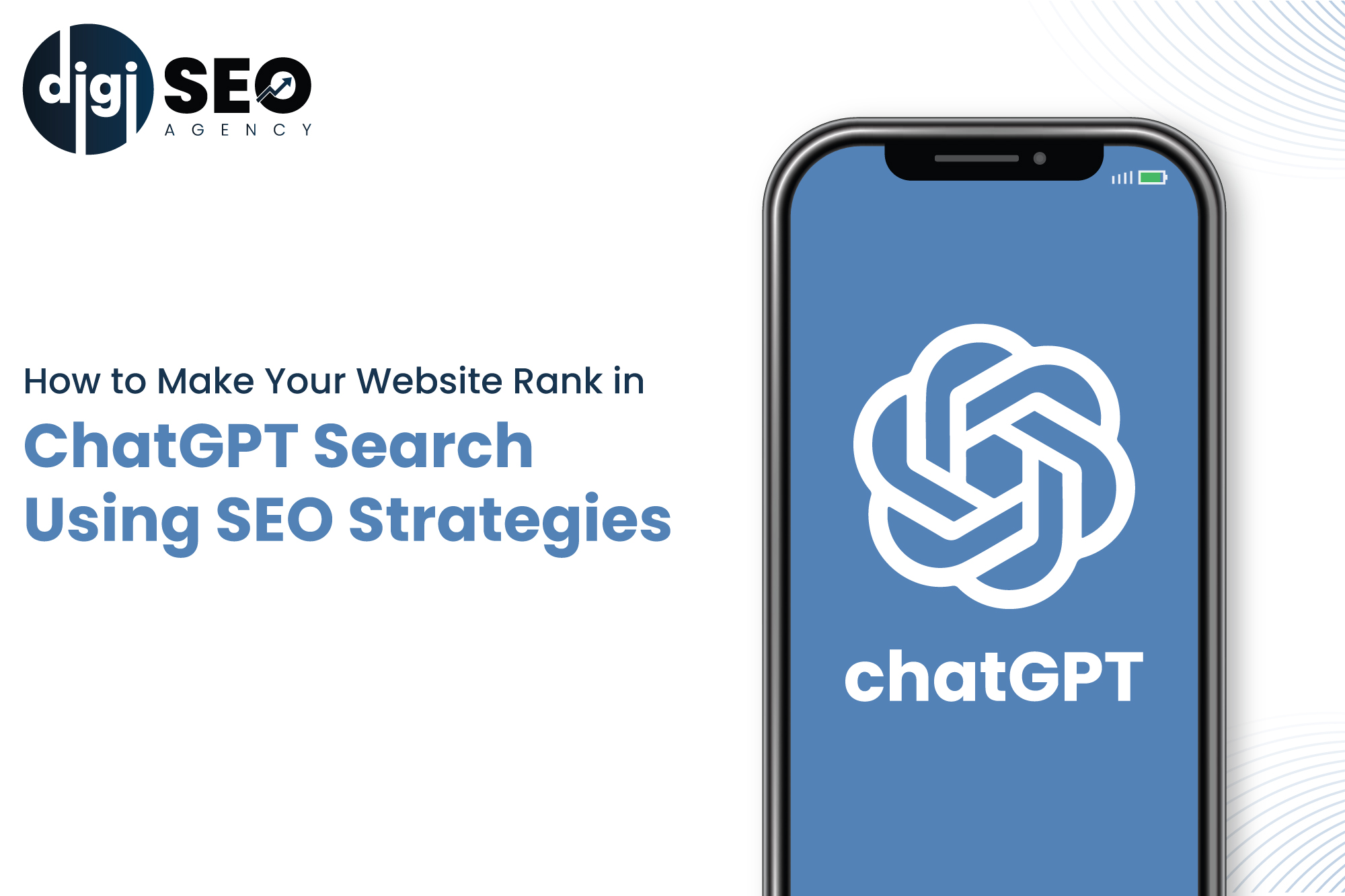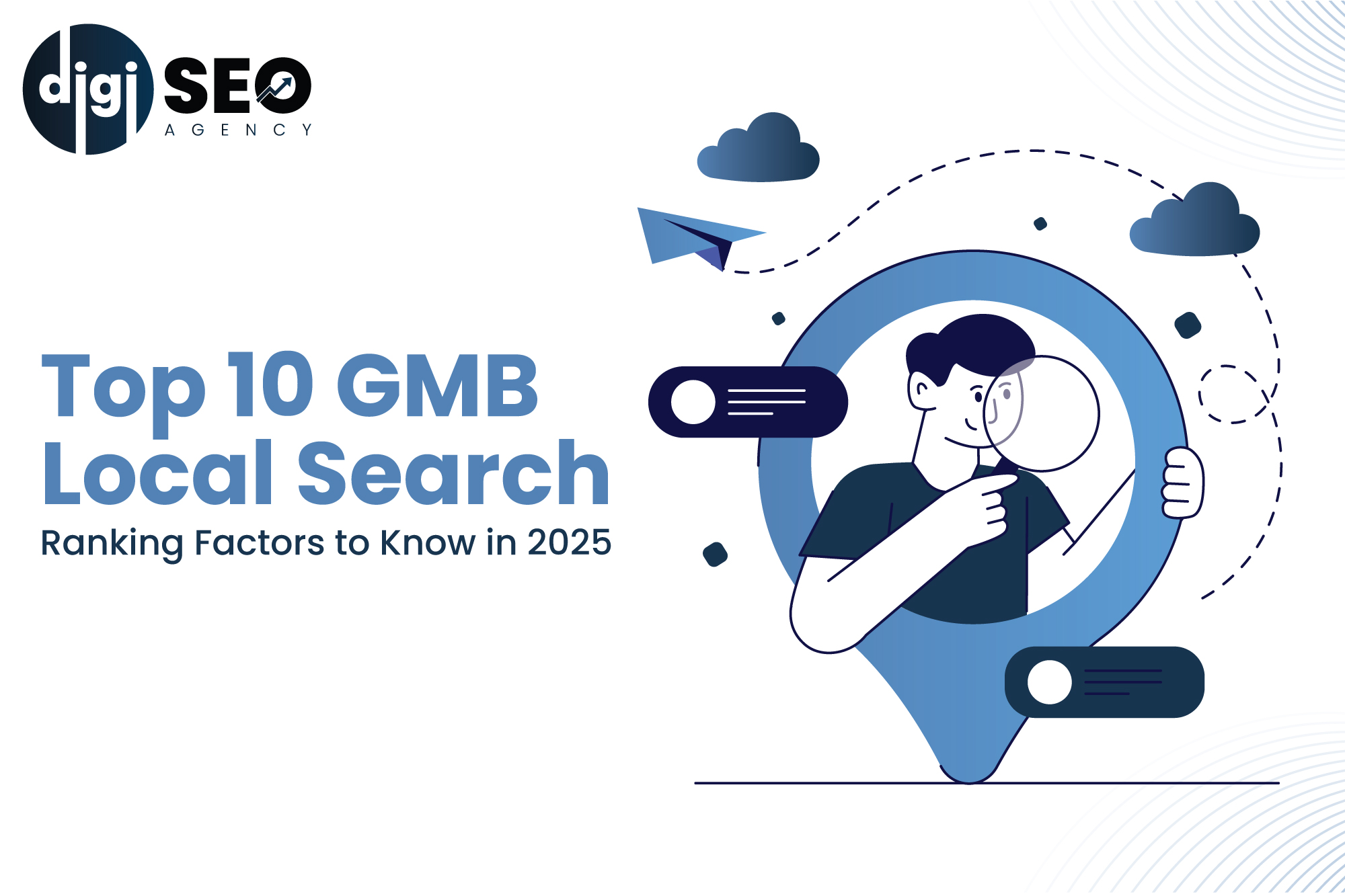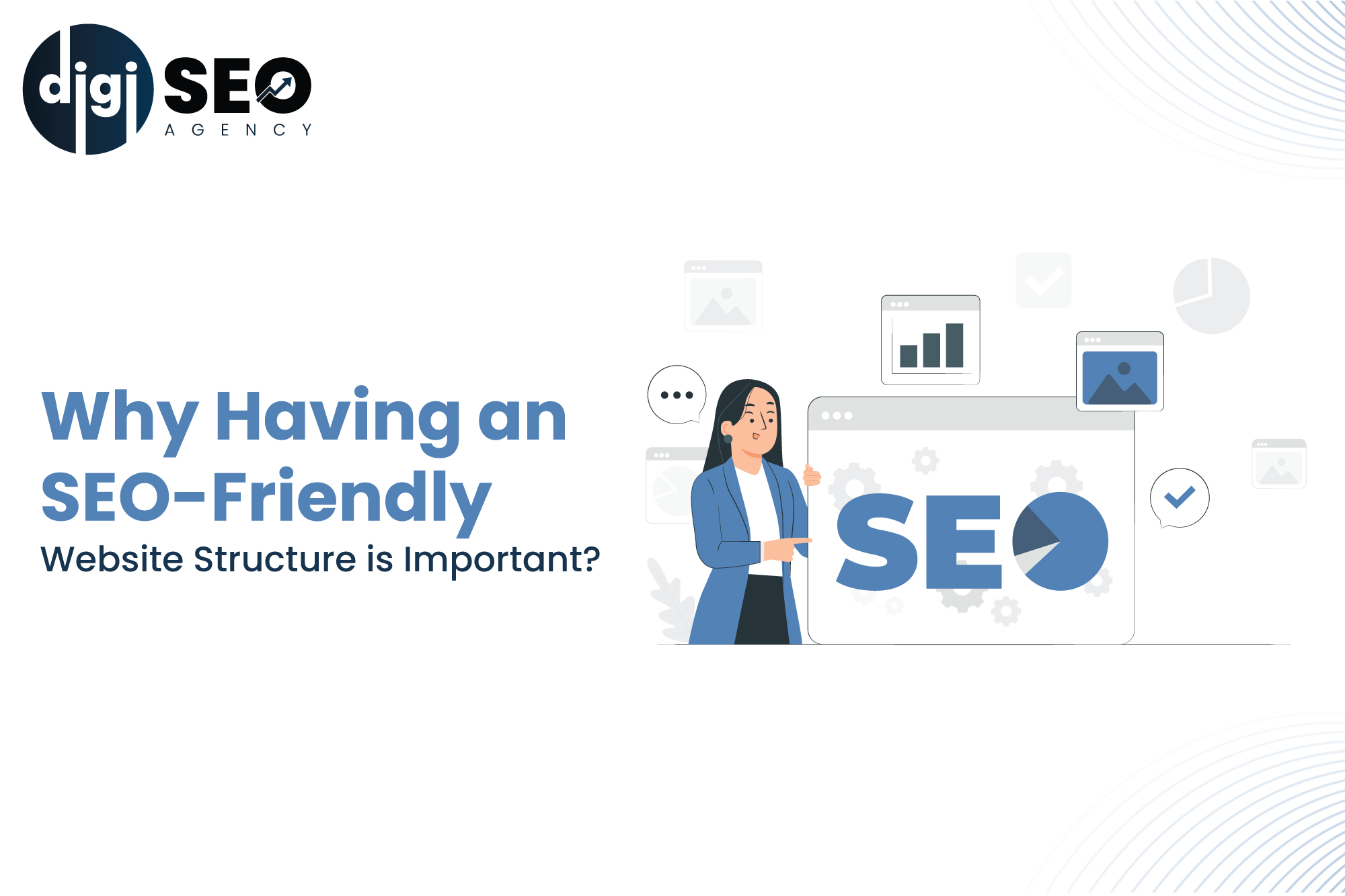Before your content can rank, it needs links. Google finds your posts and pages best when linked to from somewhere on the web. Internal links not only connect your content but also give Google an idea of the structure of your website. They can establish a hierarchy on your site, allowing you to provide the most important pages and posts with more link value than others. So, using the right internal linking strategy can significantly boost your SEO!
In this article, we’ll discuss the importance of internal linking, how to approach it, and how tools like Yoast SEO can help you improve your internal linking strategy.
What Are Internal Links?
An internal link is any link that connects one page on your website to another page on your website. Internal links are used by both users and search engines to find and navigate content on your website.
Your users rely on internal links to find the content they’re looking for, while search engines like Google use them to discover new pages and understand the structure of your site. Without internal links, pages may remain “orphaned” and undiscovered by search engines, preventing them from ranking in search results.
There are several types of internal links, including:
- Menu links: Links that appear in your website’s navigation bar.
- Contextual links: Links placed within the content of your posts and pages, pointing to other relevant content.
- Footer links: Links found at the bottom of your website’s pages.
Among these, contextual links are particularly powerful for SEO because they help both users and search engines determine the relevance of linked pages.
1. Improves Website Navigation
- Helps users easily find related content.
- Encourages deeper exploration of your website.
- Reduces bounce rate by guiding users to more relevant information.
2. Boosts SEO and Page Authority
- Spreads “link equity” (ranking power) across pages.
- Helps search engines discover and index more pages.
- Supports hierarchy and structure, making your site more crawlable.
3. Enhances User Experience
- Keeps users engaged longer by offering additional value.
- Connects related topics, improving content relevance and clarity.
- Allows for contextual linking based on user interest.
4. Helps Establish Content Pillars
- Strengthens topic clusters by linking to pillar pages and supporting content.
- Signals to search engines which pages are most important on your site.
5. Increases Conversions
- Can direct users to conversion-focused pages (like product or signup pages).
- Builds trust and credibility through helpful navigation.
Why Are Internal Links Important to Google?
Google uses internal links to discover content and rank it in search results. When a post or page gets linked to frequently, Google sees this as a signal that the content is valuable and worth ranking. This holds true for both internal and external links.
As a website owner, internal linking is something you control. You can use internal links to guide visitors and search engines to your most important pages. Properly linking to key pages on your website tells Google which content you consider the most important and should be ranked higher.
Internal links also help Google understand the structure of your website. By linking pages that cover similar topics, you establish relationships between them. This can improve the relevancy of your content in Google’s eyes and help your pages rank for related keywords.
Read Also: Top 7 SEO Strategies to Boost Your Rankings in 2025
The Link Value: How Internal Links Affect Page Authority
Link value, or link juice, is passed from one page to another through links. The more internal links a page receives, the more valuable it becomes in the eyes of Google.
Here’s how the link value typically works:
- Your homepage typically has the most link value because it receives the most backlinks and is the most important page on your site.
- When you link to other pages from the homepage, you pass some of that link value to those pages.
- Pages that receive many internal links will be considered more important by search engines.
For example, if you link to a new blog post from your homepage, it’s more likely to get discovered and ranked faster than if you only link to it from category pages or individual posts.
The more links a page receives whether from the homepage, category pages, or other high-value pages the more likely it is to rank higher in search results.
Setting Up an Effective Internal Linking Strategy
Now that you understand the importance of internal linking, it’s essential to set up an effective internal linking strategy. Regularly evaluate and improve your strategy to make sure your website is optimized for both users and search engines. Here’s how to do it:
1. Determine the Ideal Structure for Your Site
A good internal linking strategy starts with a solid site structure. Think of your website as a pyramid:
- Top of the pyramid: Your homepage.
- Middle layers: Categories and sections.
- Bottom layers: Individual posts and pages.
This structure should be reflected in your website’s navigation, with links from the homepage pointing to important categories and from categories to individual posts.
2. Identify Your Most Important Content
Not all pages are created equal. You need to identify your most important pages, also known as cornerstone content. These pages cover the core topics of your business and should receive the most internal links. For example, if you run an SEO company in Ahmedabad, your cornerstone content might be your comprehensive guides to SEO, like “The Ultimate Guide to SEO” or “SEO Services in Ahmedabad.”
3. Add Contextual Links Within Your Content
Once you have cornerstone content, make sure you link to it from related posts. By adding contextual links from other blog posts or pages, you signal to Google that the content is related and important.
For instance, if you have a cornerstone article about keyword research, you can add links to it in other blog posts that mention keyword research, such as “SEO Keyword Research Mistakes to Avoid” or “Long-Tail Keywords for SEO.”
4. Link Hierarchical Pages
If your website has hierarchical pages (i.e., parent pages and child pages), make sure you link these pages to each other. For example, if you have a page on SEO Basics (parent page), link it to more specific posts like Keyword Research or Content Marketing (child pages), and vice versa. This helps Google understand the relationship between content and can boost rankings.
5. Consider Adding Related Post Sections
To make it easier for users to navigate related content, consider adding a related posts section at the bottom of your articles. This can be done manually or with the help of plugins. The related posts section can increase page views and engagement while improving SEO by creating more internal links.
6. Use Navigational Links
Apart from contextual links, consider adding links from your homepage or top navigation menu to your most important pages. These links will pass more link value and help Google recognize these pages as significant.
7. Link to Your Taxonomies
Taxonomies, such as categories and tags, help organize your site. Adding links to your category or tag pages can help Google better understand your site’s structure while providing easy navigation for users.
8. Link to New and Popular Posts
Whenever you publish new content, be sure to link to it from existing posts. Similarly, don’t forget to link to your most popular posts regularly to keep them visible to both users and Google.
Conclusion
Internal linking is one of the most effective ways to boost your SEO and improve the user experience on your website. By strategically linking to your most important pages, using contextual links, and ensuring that your site structure is logical, you can help search engines crawl and index your site more effectively. Internal linking allows you to pass link value to key pages, which can improve their rankings and drive more traffic. And by using tools like Yoast SEO, you can make internal linking easier and more efficient.
Remember, a well-planned internal linking strategy is crucial for SEO success, so start optimizing your site today and consider seeking expert guidance to enhance your SEO performance.




